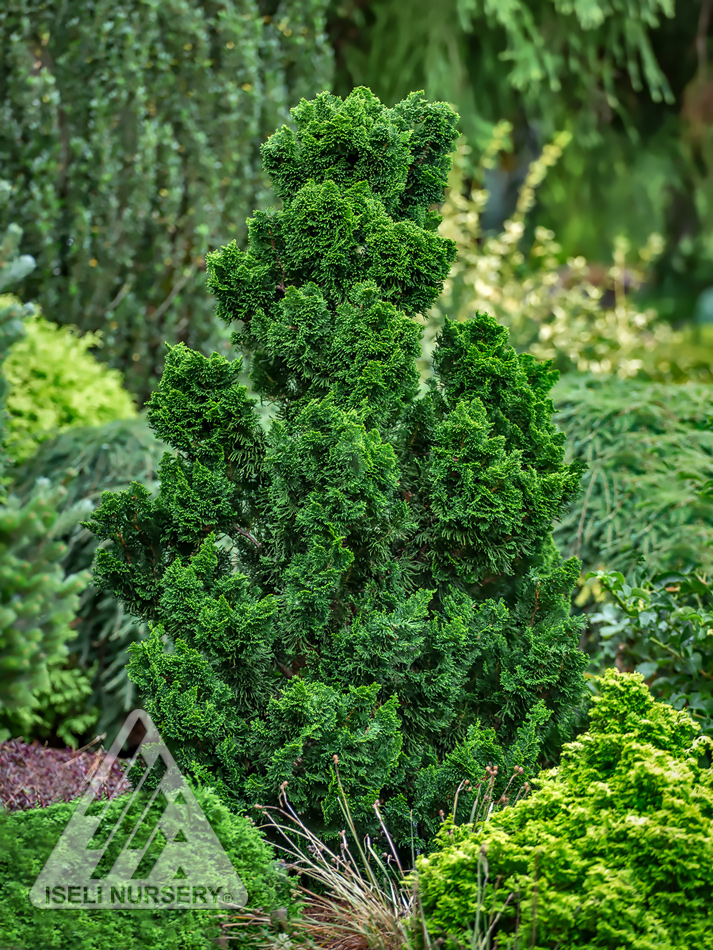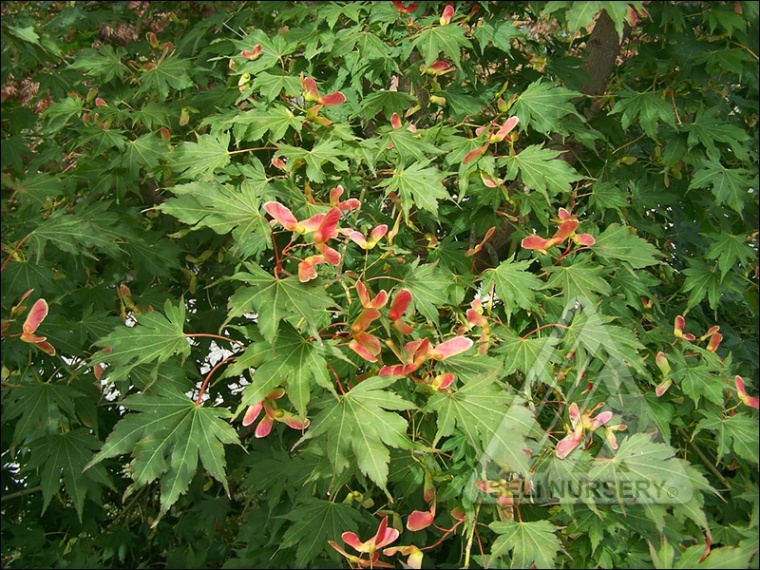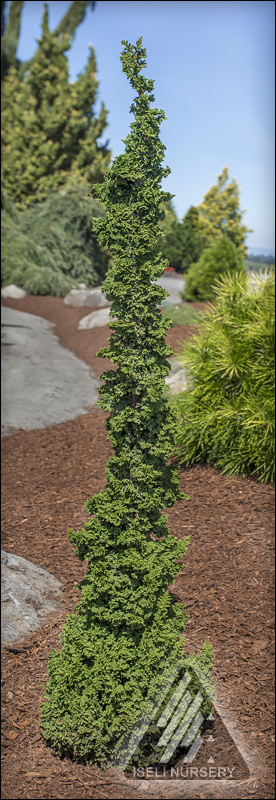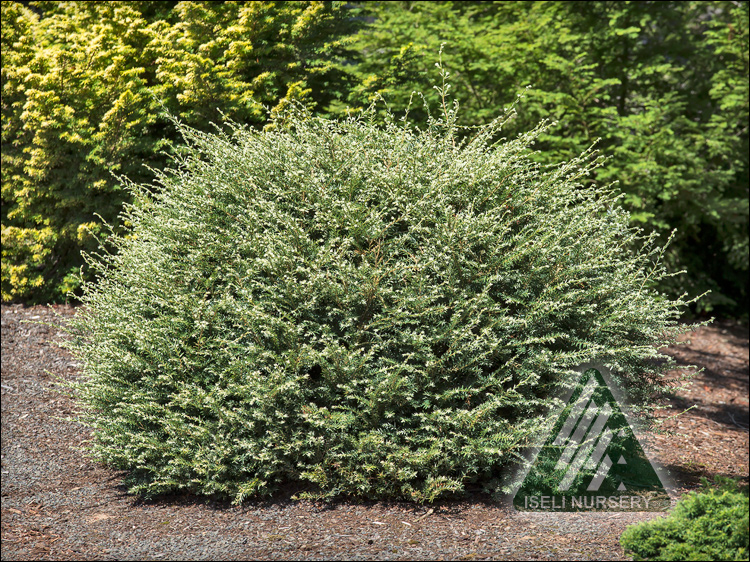I love autumn. After the very long, dry and warm spring and summer of 2018, I am very thankful and encouraged by the recent transition to our cooler, misty, gray days and intermittent rain showers. We may only receive a week or two of relief from the dry weather. While the local weather soothsayer ensures that our autumn will return to dry and sunny conditions, this native born Oregonian is enjoying the cool, gray mist and the ground-soaking rain showers that we have received the past several days.
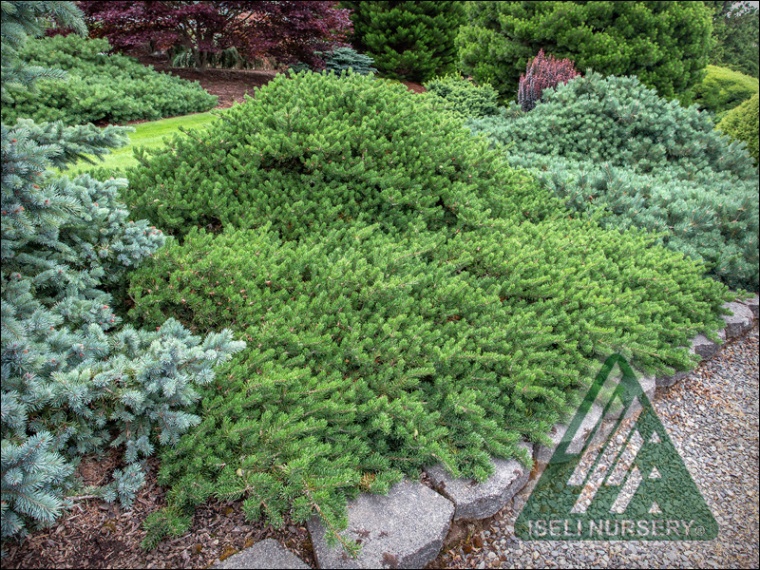
Certainly one of my favorite aspects of the autumn season is all the delightful colors that our gardens and native trees begin to exhibit. Not far from my home, the local community college planted a long row of deciduous trees that explode into a widely varying array of bright red, yellow, burgundy, purple and orange. I believe the trees must have been a horticultural school experiment and we are now enjoying this delightful array of color from a batch of American Sweetgum (Liquidambar styraciflua) seedlings propagated 30 to 40 years ago. The resulting seedlings were planted along one of the main – once rural – hi-ways, moving traffic North and South through this, now, growing urban setting.
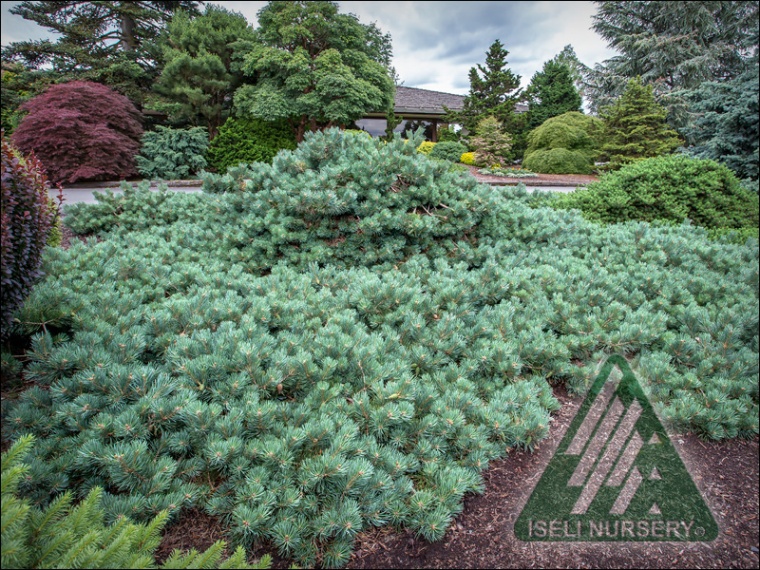
Along with the inevitable change of season and its invigorating color-show, comes the season of spooks and creepy stories of ghosts and ghouls and the downright fun of Halloween with children dressed in their favorite spooky costumes. It won’t be long and we will see scores of creeping creepers in the neighborhood, laughing their way from door to door as participating folks greet the kids with handfuls of delectable Treats to ward off the chance of some unfortunate Trick being played on them.
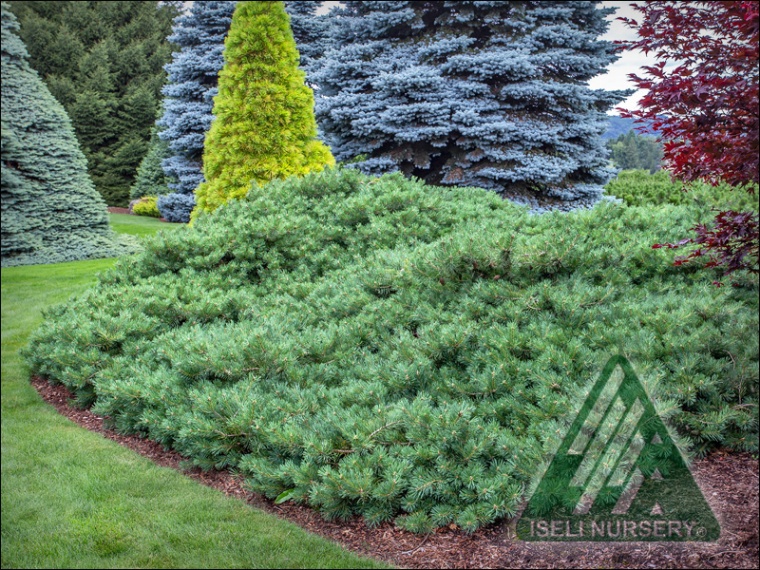
Some of my favorite conifers just happen to be creeping creepers themselves.
A few very rugged and hardy creepers for the garden include the pines: Pinus banksiana ‘Schoodic’, Pinus sylvestris ‘Albyn Prostrata’ and Pinus sylvestris ‘Hillside Creeper’. These pines are hardy to Zones 2, 3 and 4 respectively and vary in color from rich green to shades of bluish-green. All three of these creeping selections are vigorous growers while being easy to maintain in a small garden space if needed. Growing low to the ground, they will each, very slowly, begin to mound in layers upon themselves, slowly gaining in height. Each will spread in the garden, flowing around rocks, garden ornaments or other plants with only the occasional pruning needed to help guide them on their way. If the gardener desires increased height, each of these selections respond well to being raised a foot or two (or three) upon a bamboo stake and then allowed to continue on their way. The creative gardener may choose to create waves with their creeping conifers for increased interest.
Other choice selections for adding hardy and colorful, ground-covering waves of creeping fun in the garden are:
- Picea pungens ‘Procumbens’ – for a very hardy, bright bluish creeper.
- Tsuga canadensis ‘Pendula’ or
- T. c. ‘Cole’s Prostrate’ – both offer delightful, soft-textured, rich green foliage and wonderful creeping habits that are easily manipulated with creative staking.
Of course, I could add a bounty of creeping Junipers to this list, but I think those might be best reserved to a future post. In the meantime, keep an eye out for the creepy creepers creeping their way through your neighborhood in the near future and for those special colorful creepers at your local independent garden centers!
Ed-
Conifer Lover

